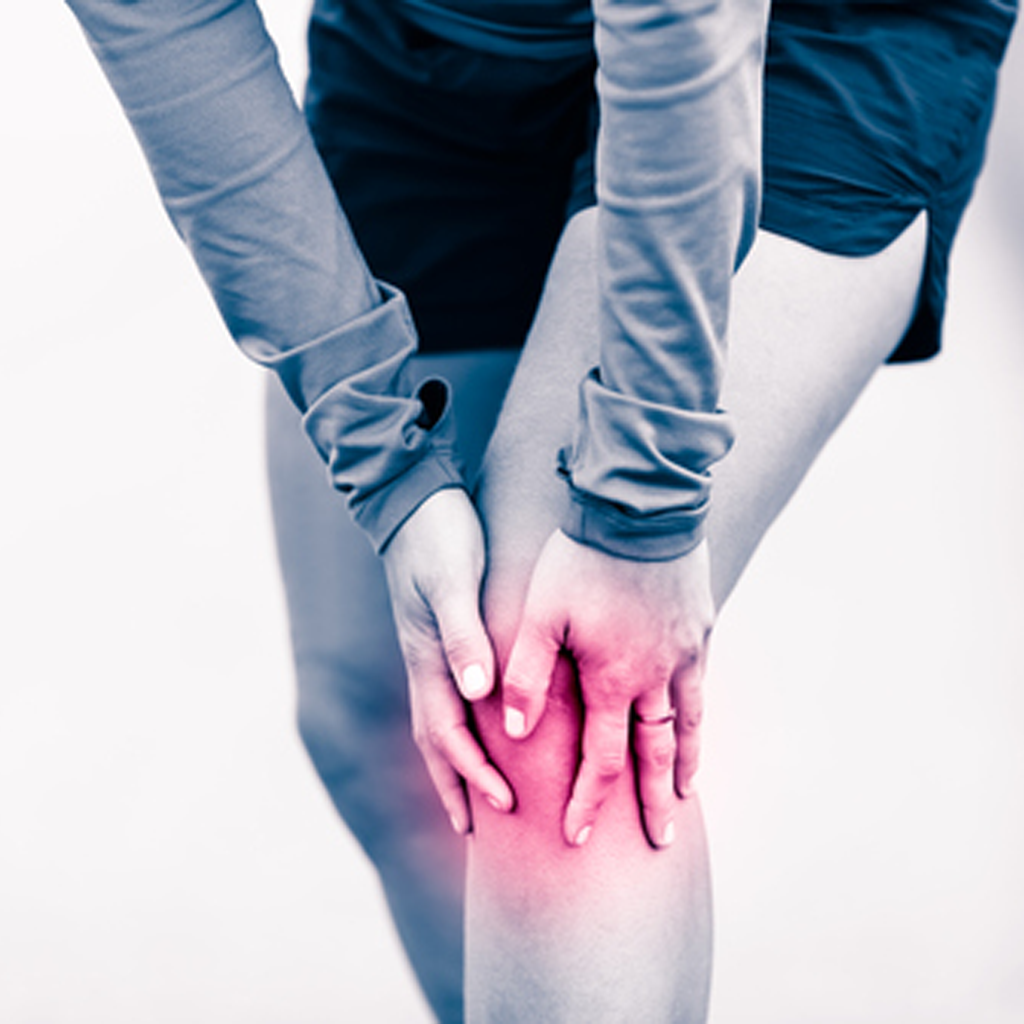Arthritis in the knees typically refers to osteoarthritis, a progressive wearing away of the cartilage that cushions the bones in the knee joint. The condition affects an estimated 14 million adults who experience knee arthritis symptoms such as pain and stiffness.
But osteoarthritis doesn’t have to sideline you. It can be treated effectively with proper physician care. Many people with arthritis in the knees live happy, healthy, and active lives.
Arthritis in the knee causes
Years of walking, running, squatting and standing take a toll on the knees starting by middle age. While wear and tear are significant contributors to osteoarthritis, they’re not the only risk factors. Others include:
- Gender. Women are more likely than men to develop osteoarthritis in the knee. Some evidence suggests that low estrogen levels after menopause may play a role.
- Injury. Knee damage can trigger a process that leads to arthritis years later.
Overuse. Bending the knee too often and placing too much stress on the joint may play a role in knee arthritis. - Obesity. Extra weight places additional force on your knees.
- Genetics. If you have family members with knee osteoarthritis, you’re at an increased risk for developing the condition.
Arthritis in the knee symptoms
Osteoarthritic knee problems tend to show up gradually after age 50, according to the American Academy of Orthopaedic Surgeons. As cartilage wears away, you may develop bone growths called bone spurs, ligament damage and a narrowing of the knee joint space. That can result in a number of knee arthritis symptoms such as:
Stiffness and difficulty bending the knee.
Arthritis pain in the knee.
Decreased joint function.
Redness.
Swelling.
A crunching or grinding sound when you flex your knee.
So, when is it time to schedule an appointment with Dr. Keith Feder or one of his associates?
When knee pain interferes with your daily activities, it may be time to talk to us. To diagnose osteoarthritis, Dr. Feder will likely take a full medical history, conduct a physical exam and order an X-ray of your knee.
One of the most important factors to battle arthritis in the knee is exercise. Flexing your knees during exercise helps pump a type of natural lubricant called synovial fluid into the joints. Movement also helps maintain range of motion in the knee. Swimming or cycling provides a good aerobic workout without placing pressure on the knee.
Muscle strengthening is key to relief for arthritis pain. Strong muscles act as shock absorbers and help take pressure off the knees. And don’t forget to stretch your muscles after a workout. Other simple approaches to finding relief for arthritis in the knee pain include:
Rest, Heat and cold therapy, weight loss (if you’re overweight), and we recommend Supartz sodium hyaluronate. Supartz therapy is a solution made of highly purified sodium hyaluronate. It’s a natural chemical found in your body and in your joint tissues and synovial fluid that fills your joints. Your body’s own hyaluronan acts like a lubricant and shock absorber in synovial fluid of a healthy joint.
More treatments for the knee
When pill-free strategies aren’t providing enough relief for arthritis pain, you still have other options for arthritis knee treatment:
Steroid injections. Corticosteroids reduce the inflammation in the knee. The effect of an injection lasts only a few weeks, but that should be enough time to relieve pain so you can focus on strengthening and stretching your muscles to restore function.
Orthobiologic injections. Stem cells (cells with the ability to develop into other types of cells), cells derived from human placentas (after a baby is born) and platelet-rich plasma (platelets from your own blood, which are loaded with growth factors) are among newer arthritis knee treatments.
Braces. A special type of a brace called an unloader brace helps realign the knee joint to remove or unload pressure on areas where cartilage has worn away.
Acupuncture. Some evidence suggests acupuncture helps reduce arthritis pain, but it’s not conclusive.

